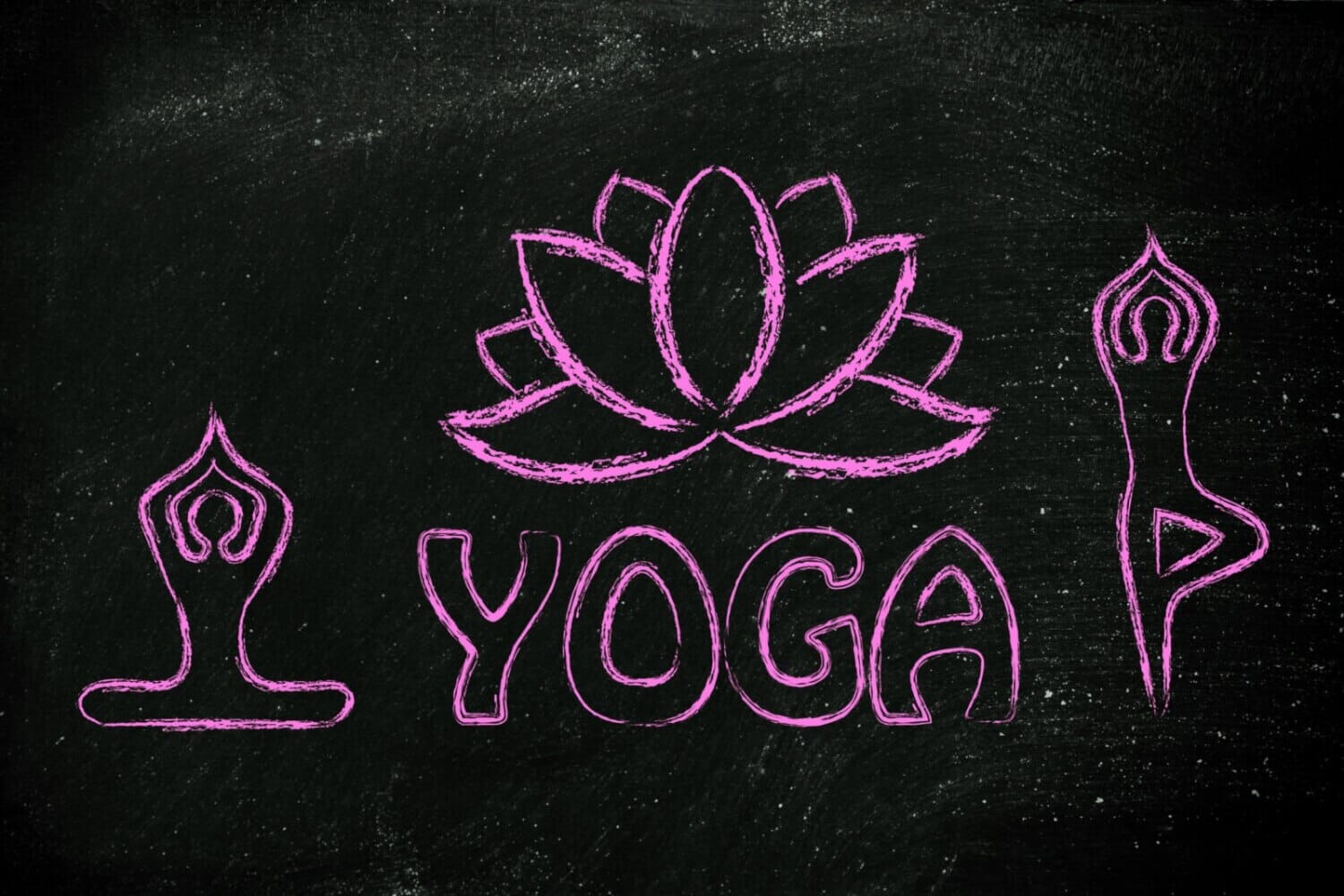Ayurveda Detox in Spring: What You Need to Know
Almost everyone is familiar with the infamous spring cleaning of the house, right? During this process, the entire house is brought into shape. This means cleaning and decluttering the kitchen, bathroom, basement, home office, living room, and bedroom. For your own health, it's beneficial if this cleaning extends beyond the home. Spring is ideal for cleansing yourself of waste, old waste, and toxins—which is why more and more people are embarking on a detox. In this article, you'll learn exactly what this is and why an Ayurvedic detox can be beneficial.
Ayurveda and Spring
In the first section, we'd like to explain what Ayurveda actually is. The word Ayurveda means something like "the science of life." It originated in India. However, this knowledge has now spread throughout the world, and more and more people are following its wisdom and are thus able to improve their health and well-being in everyday life. The focus is on promoting health while simultaneously preventing disease.
In Ayurveda, there are three different types: Vata, Pitta, and Kapha . These are the three doshas. Each type, in turn, has different characteristics.
Spring is entirely in the Kapha element.
The Kapha element: a description
Generally, the Kapha type is considered very stable and strong. However, in spring, things change slightly. This is because the climate in spring is similar to the Kapha type. Accordingly, spring dominates and the dosha type tends to retreat. An excess of Kapha can occur in the body. You can recognize this by increased mucus production. Many people also report bothersome fatigue.
It is recommended that food residues or waste products (Ama) accumulated over the winter be liquefied and eliminated during the warmer season. Therefore, Ayurvedic fasting is essential for ridding the intestines and the rest of the body of these waste products.
How can Ama be reduced?
As already mentioned, Ama can be released in spring. There are various methods that can be helpful in this process.
These include, for example, bitter substances in the diet, which improve liver function. This organ plays a significant role in this process. These bitter substances are found not only in wild herbs, but also in neem bark, guduchi (a sacred plant in Ayurveda that provides energy and strength to the body and mind), and turmeric.
In the Ayurvedic detox treatment, it is important that you combine these spices.
How turmeric can support you during Ayurvedic detox!
While the spice derived from turmeric was once found only in Asia and India, it has now spread throughout the world—and for good reason. The root is said to restore physical and mental balance in humans, balancing all three different dosha types. This is especially important in spring, when Kapha takes over. Therefore, turmeric should not be overlooked.
If you don't like the taste, it's best to buy turmeric tablets that you can swallow with water. Otherwise, use the spice in all sorts of savory recipes. There are also various Ayurvedic teas that contain the spice.
The most important tricks to detox properly
Old toxins and food residues must be released during the detox treatment. In Ayurveda, you follow four basic principles:
right place (Desha)
correct time (Kala)
good inner attitude (Karana)
great recipes (Upyokta)
The perfect time for detox is spring; those who want to release their burdens in a very effective way should do so through a Panchakarma treatment. This treatment consists of five elimination techniques. These take place via the intestines, nose, mouth, and skin. Those who find it difficult to maintain a sustainable fast at home should consider going to a health resort. There are numerous Ayurvedic resorts that create the conditions for successful Ayurvedic fasting, intestinal cleansing, and measures to improve metabolism.
Accordingly, those with hectic lives can take a break and focus on healing during an Ayurvedic therapeutic fast. The right mindset and determination are also crucial to the success of the detox. Team up with like-minded people and discuss your doubts, fears, and experiences.
Think of the best tips for your detox
Start your day with a glass of hot water after sipping oil (you can use pure coconut oil for this). Ginger or rice water can also be helpful. These are an important component of the Ayurvedic detox regimen. They help the body release old toxins.
It's best to start your meals with a warm meal. Porridge is ideal for this. Otherwise, focus on warm, spicy, unsweetened, and lightly salted dishes. Cold foods/meals should be avoided. Rice, pulses, cucumbers, eggplant, mangoes, pears, and apples are good for your detox diet.
When choosing your meals, it's a good idea to make sure you don't overeat in the evening. Instead, you can have a slightly larger lunch meal.
Don't eat too much, but drinking is very important (water or Ayurvedic tea; no juice spritzers or other sugary drinks)
Massages of the abdomen or the entire body can help you release the toxins even more easily.
Enemas are used to cleanse the intestines and should be a regular part of the diet.
Fasting is ideal for advanced yogis. Those who have never fasted before should approach it slowly, starting with just a few hours. You can also incorporate a detox day with no solid food.
You can find detox recipes in selected books or online. Consulting and treatment with an Ayurvedic specialist may also be beneficial.
Ayurvedic spices and herbs play an essential role (black pepper, fennel, caraway, cinnamon, etc.).
Why yoga and exercise are helpful
In addition to the nutritional tips mentioned above, it's advisable to get plenty of exercise in nature. Depending on your preferences, this could be long walks in the park or forest. Yoga on your favorite mat is also helpful for efficiently releasing old toxins. There are numerous exercises that facilitate the detoxification process:
Swivel Seat (Arha Matsyendrasana)
Pigeon (Eka Pada Rajakapotasana)
Shoulder Stand (Salamba Sarvangasana)
Downward Facing Dog (Adhu Mukha Svanasana)
It is important that you listen to your body and only do as much exercise during the fasting period as is good for you.
Meditation for your inner strength
To remain conscious throughout and fully concentrate on the detox, it's helpful to focus your senses on your inner world. With the help of daily meditation on your comfortable pillow , you'll be able to organize your thoughts and feelings. During the detox, it's not uncommon for unexpected feelings to surface. You can examine these and then let them go.
Have you ever tried Ayurvedic fasting? If so, how did it work?















